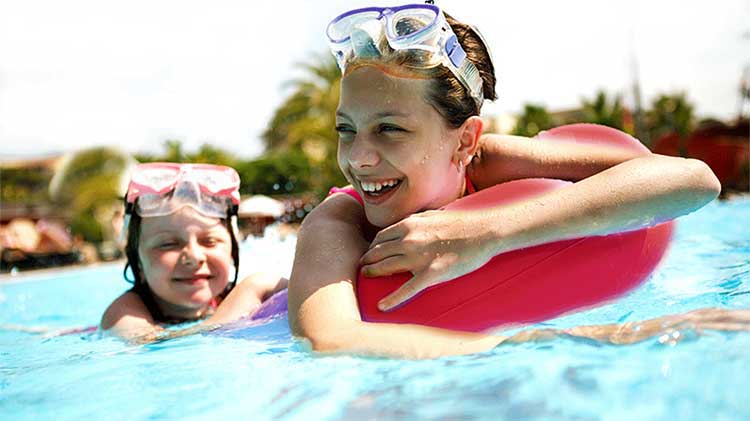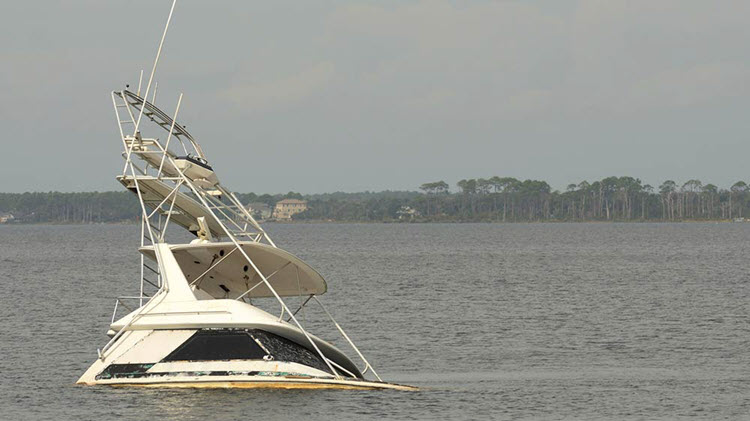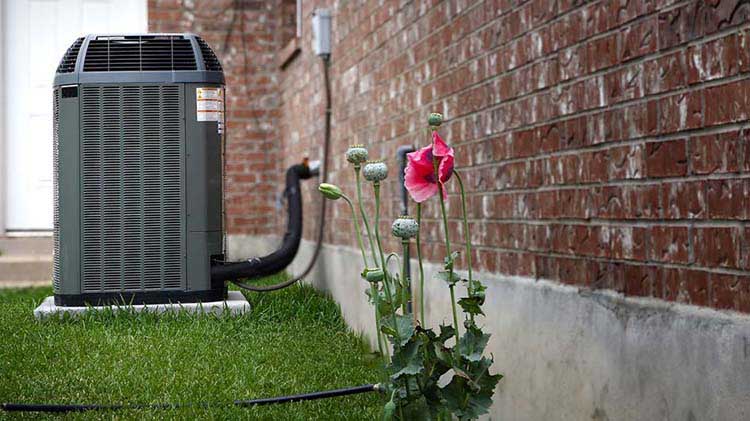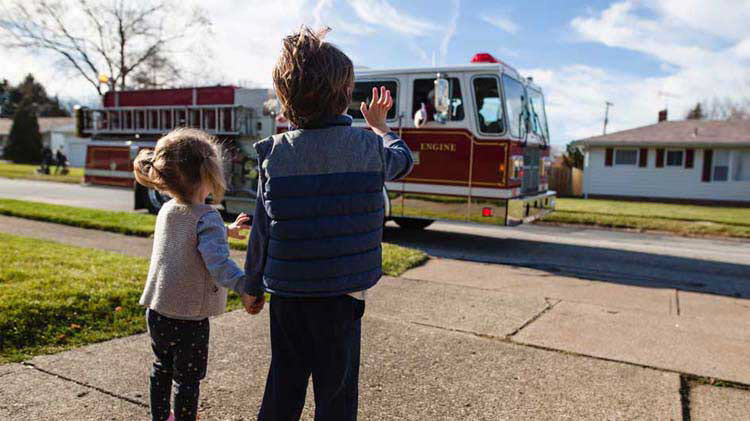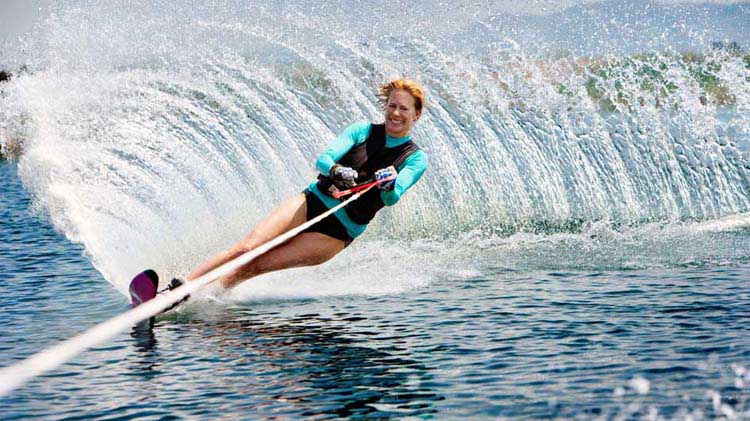Boost your home pool safety
Use these pool safety reminders, from guidelines for the height of a pool safety fence to pool safety equipment to keep on hand, to make sure your swimming pool is ready for the season.
Dreaming of a more leisurely, escape-worthy backyard? For many, that dream includes a swimming pool — either above-ground or in-ground — or a hot tub. Plenty of American homeowners already live that dream every day. According to Liveabout, there are more than 10 million stationary swimming pools in the country and over 7 million hot tubs.
Swimming pools come with risks. Seventy-four percent of drowning deaths of children younger than 15 occur at a home, and it's estimated that a child dies every five days in a portable pool in the United States. That's why any pool — portable, above-ground, in-ground — should be installed and used in tandem with physical safety elements such as a pool safety fence and educational safety elements like safer swimming practices, including lessons for everyone and CPR training.
Teach children to swim
Certified swimming lessons help reduce childhood drowning incidents. It is recommended that children start swimming lessons by age four. Keep every child under adult supervision. Make sure adults have an adult/pediatric CPR training.
Swimming pool safety
Having a pool brings many responsibilities, such as making sure the proper regulations are met in your area, proper maintenance is performed and providing essential safety features.
Poolside safety essentials
- Life-saving ring
- Shepherd's hook
- Self-closing/latching gate (open outward, out of the reach of children)
- Alarms on doors leading to the pool
- 60"-tall, four-sided fence/enclosure (one side should not be the house)
Pool-use alerts
These tools may help you eliminate potential pool hazards:
- A rigid pool cover (keep the control out of kids' reach)
- A motion-sensor underwater alarm
- Rounded, crack-free drain covers (all screws installed)
Year-round pool safety reminders
The importance of safety continues year round and even when your pool is not in service.
- Check that your pool meets city and state regulations.
- Ensure no one can climb over, under or through the fence.
- Remove steps and ladders when not in use.
- Do not include diving boards and slides in your pool design.
- Lock pool chemicals in a well-ventilated cabinet.
- Never swim when lightning is nearby.
One step that you can take if you have a more permanent structure is to schedule annual maintenance on your swimming pool. Have a professional inspect the pool and drain covers. Then make sure family and friends that use the pool understand where the pool safety equipment is located and what safety requirements you have for swimming, such as providing adult supervision at all times for children. Many pool accidents occur when adults momentarily step away from the pool area leaving a child unattended.
Extra tips for your portable pool
Inflatable or soft-sided pools pose the same dangers as larger versions. Take extra care to help protect your family.
- Empty after every use.
- Store out of reach or in a locked, secure cabinet.
- Supervise use at all times.
